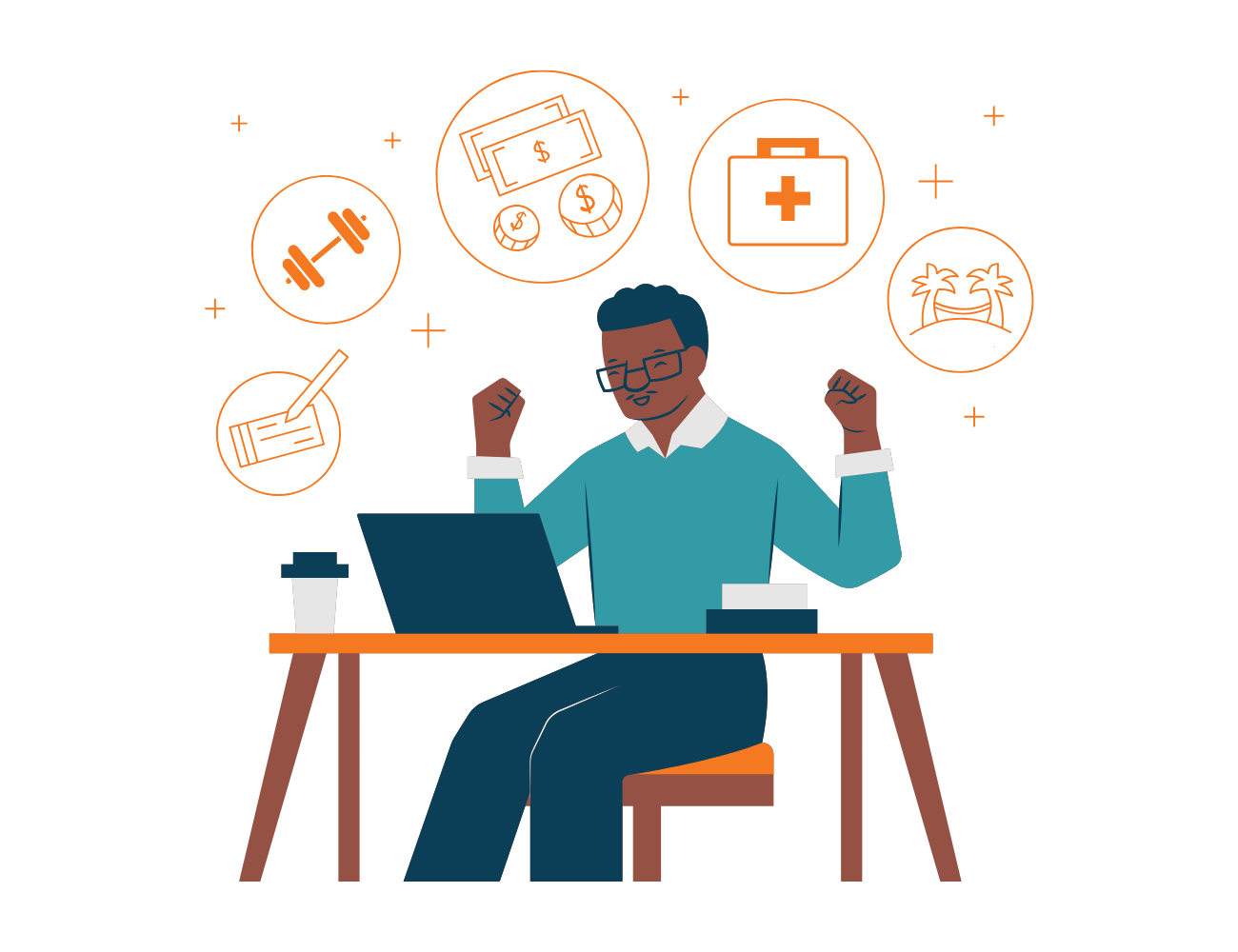Many Americans are now working at home for the first time. As these newly-remote workers adjust their living spaces into makeshift home offices, many are noticing how much physical health can be impacted by a work environment. Lacking appropriate desks and work equipment, there has been a surge in interest for home office supplies and, specifically, ergonomic chairs.
Web data provider SEMrush saw online searches for the term “office chair” increase 150% between March 9 and March 20, when many state’s stay-at-home and social distancing orders were enacted. Additionally, e-commerce data analytics firm Stackline also found that online searches for “office chair” at retailers like Amazon, Staples, and Office Depot rose 22% over the past month.
Retailers confirm this growing interest in work-from-home support. The popular ergonomic chair producer, Herman Miller, has seen sales for their expensive and well-loved Aeron chairs increase fivefold in just two weeks. The chairs feature lumbar support and fully-adjustable arms that better support someone performing hours of computer and desk work each day. Consumers are buying new monitors, keyboards, wireless headsets, and office supplies for their home since making the switch to remote work.
Low back pain, however, is not a new work problem. It has long been an issue for employees who spend hours at a desk or in the same position and contributes to many cases of work-related disability. Studies have already shown over a quarter of all working adults struggle with this pain. Unfortunately, it is now likely to become an even bigger issue as home-bound workers find themselves struggling without regular office equipment. Increases in stress related to the COVID-19 health crises and economic downturn as well as the closure of recreation centers are potentially contributing more to those experiencing back pain now.
People’s Homes Aren’t Set Up For Work
In general, employees have access to better equipment at work. This includes everything from better-performing computers, bigger desks (many of which are height-adjustable), plentiful office supplies, and more supportive chairs. By sitting in an unusual position or on an unsupportive seat, home-bound workers are less likely to be able to practice good posture. Additionally, slower computers or awkward seating positions can also lead to eye strain, headaches, and frustration.
How Employers Can Help
Not everyone can afford to purchase brand new supplies, desks, and other equipment for what will, likely, be a temporary work-life change. However, it isn’t feasible for businesses to buy everyone office furniture and equipment for home use either. Employers can address some of these wellness and home office concerns with lower-cost alternatives:
- Offer webinars on ergonomics and workspace design content that can help employees decrease physical pain. Many may not realize what, exactly, will help ease their discomfort. Tips for better posture and movement, as well as design ideas to make a home office space more comfortable will help prevent and decrease pain.
- Offer online fitness courses or videos, especially those that focus on stretching. Working from home has been shown to increase the number of hours employees spend on their job tasks each day. More working equates to more sitting and a decrease in physical activity. It is crucial that employees maintain good physical activity levels. Good flexibility and muscle strength can be an amazingly preventative for injury and pain.
- Encourage a routine. Home-bound workers are suddenly finding themselves without a normal routine that separates personal life from work commitments. This can also negatively impact physical activity and stress levels.
- Provide content that includes techniques and tips for relaxation. Stress and anxiety contribute to muscle tension, which can exacerbate physical health issues. Make sure your employees are prioritizing time to relax. Suggest that they try going for a walk, limit screen time outside of work, and make sure mental health support and mindfulness resources are available.












